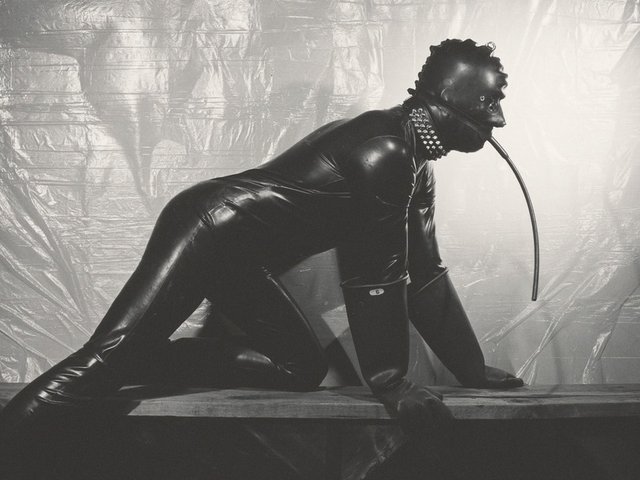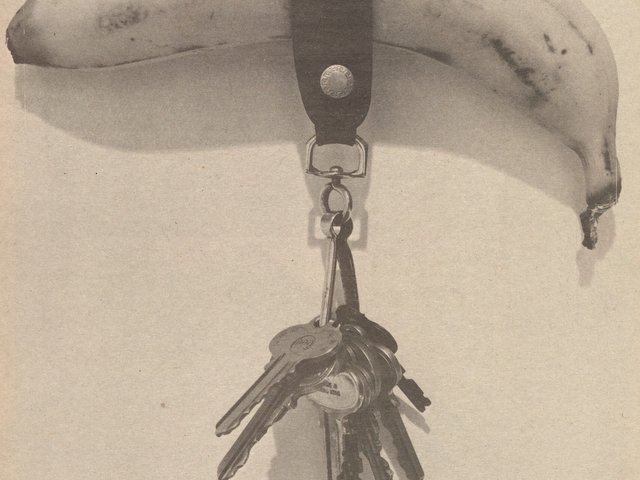London
From Cincinnati to Madrid, from Venice to London, Robert Mapplethorpe is universally obscene. In Harrods book department the penis of a Manhattan black photographed by raking light seems to be more offensive to the general public than are close-ups of Madonna’s private parts. The amorous contorsions of Sex , the rock star’s naughty book, were not only stocked by the department store, but sold out instantly, while the volume on the great American photographer published by Jonathan Cape was withdrawn after protests by dozens of shocked customers.
The director of the Victoria and Albert Museum, Elizabeth Esteve-Coll immediately followed suit, unaffected by the fact that the proceeds were for research into Aids, the condition which killed Mapplethorpe in 1989.
The episode raises the question of whether she actually knew who Mapplethorpe was when she agreed to the V&A being used for an Aids fund-raising event, at which there was to be a slide show of the photographs in the book. Or if she was aware of him, was she aware of the political turmoil the previous cancellation of a Mapplethorpe show has engendered in the U.S. over the last two years, with the director of the Contemporary Arts Center in Cincinnati indicted for obscenity (but acquitted) and the very principle of government funding of contemporary art called into question?
As bidders vied for five nineteenth-century condoms (used) at Christie’s (sold for £8000), the V&A’s Press Officer Robin Cole-Hamilton said,”Many pictures in the book would not only shock thousands of people, but are profoundly repugnant”. , Michael Stout, president of the Mapplethorpe Foundation of New York, an Aids fund-raising body, rebutted,”It is clear by now that Mapplethorpe’s photographs are art, and art should not be censored. The Victoria and Albert Museum’s decision is ridiculous and obscurantist”.
The august newspaper The Independent also intervened in the episode, which at times has had overtones of the film “An American were-wolf in London”. In an unsigned editorial it tried to explain it by saying that there were too many explicit photographs of homosexual acts in the book (Mapplethorpe takes pictures of oral sex, of a man pissing in the mouth of his partner and of men buggering each other in various ways, including with a fist), and that the authors had therefore not left enough space for his more restful images, such as his “superb studies of people and flowers”, which the author of the editorial obviously sees as representing Mapplethorpe’s angelic side. The editorial goes on to say that Harrods had a perfect right to remove from its windows a product which alienated the customers, just as the V&A had not really committed an act of censorship. The article’s underlying thesis is of Mapplethorpe as a split personality: on the one hand, the talented artist; on the other, the near-degenerate. It continues, “Had Mapplethorpe devoted part of his life to a celebration, not of sado-masochism but, say, Nazism—as did the talented German fim-maker Leni Riefenstahl in the Thirties— it is hard to believe he would have found many advocates in the art establishment”. The were-wolf pornographer is therebye given the coup-de-grace, and with great subtlety at that in times of regurgitated Nazism and anti-Semitism. The Independent allusively brings the subject full circle, because of the swastikas, studs and chains that appear in some of Mapplethorpe’s portraits. The V&A’s act can be seen, therefore, not as an act of censorship, but as a healthy reaction to artistic production flawed by error.



